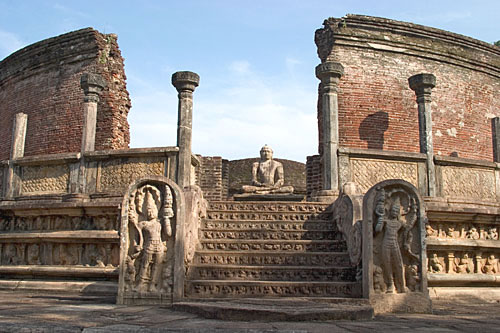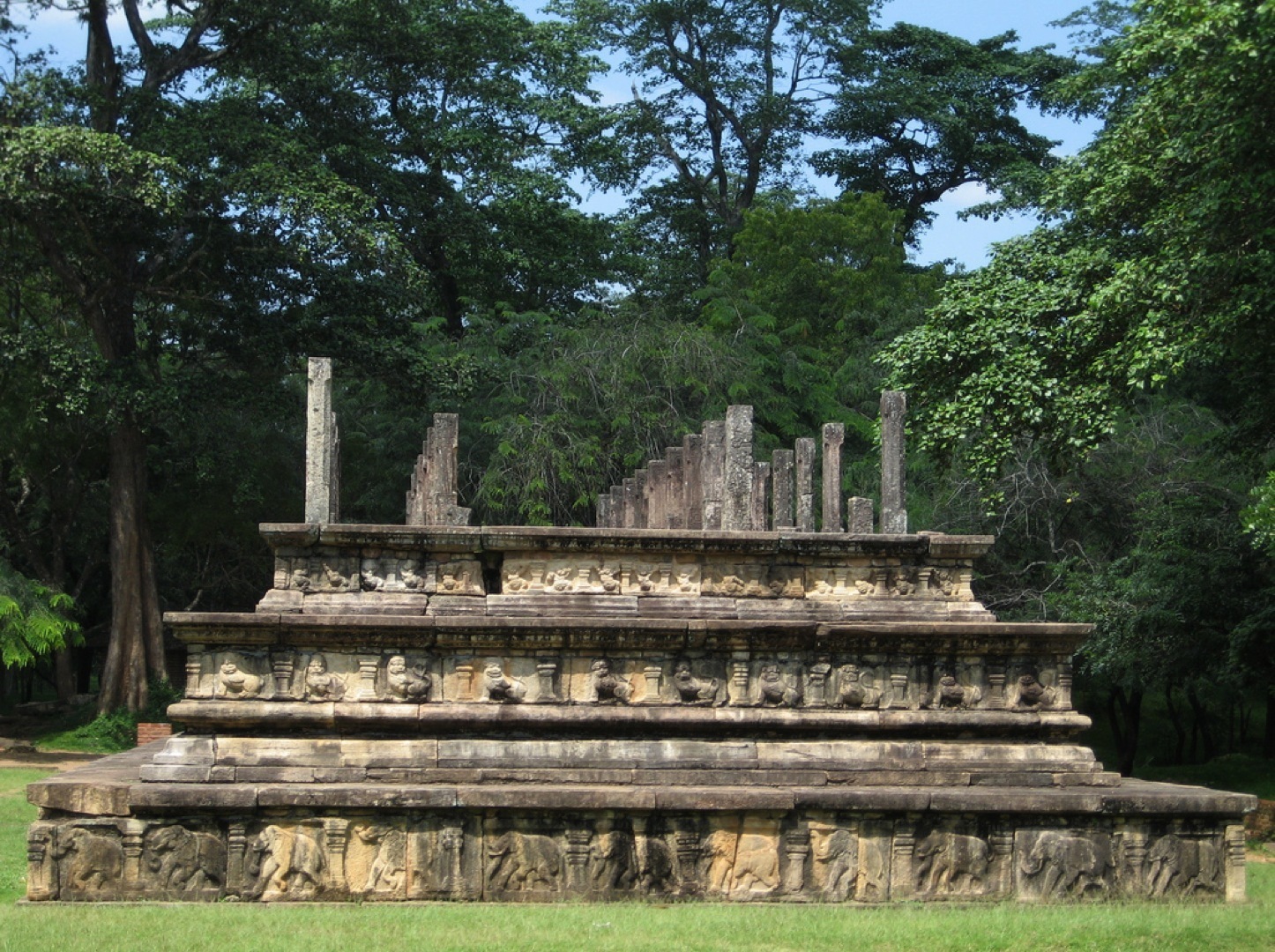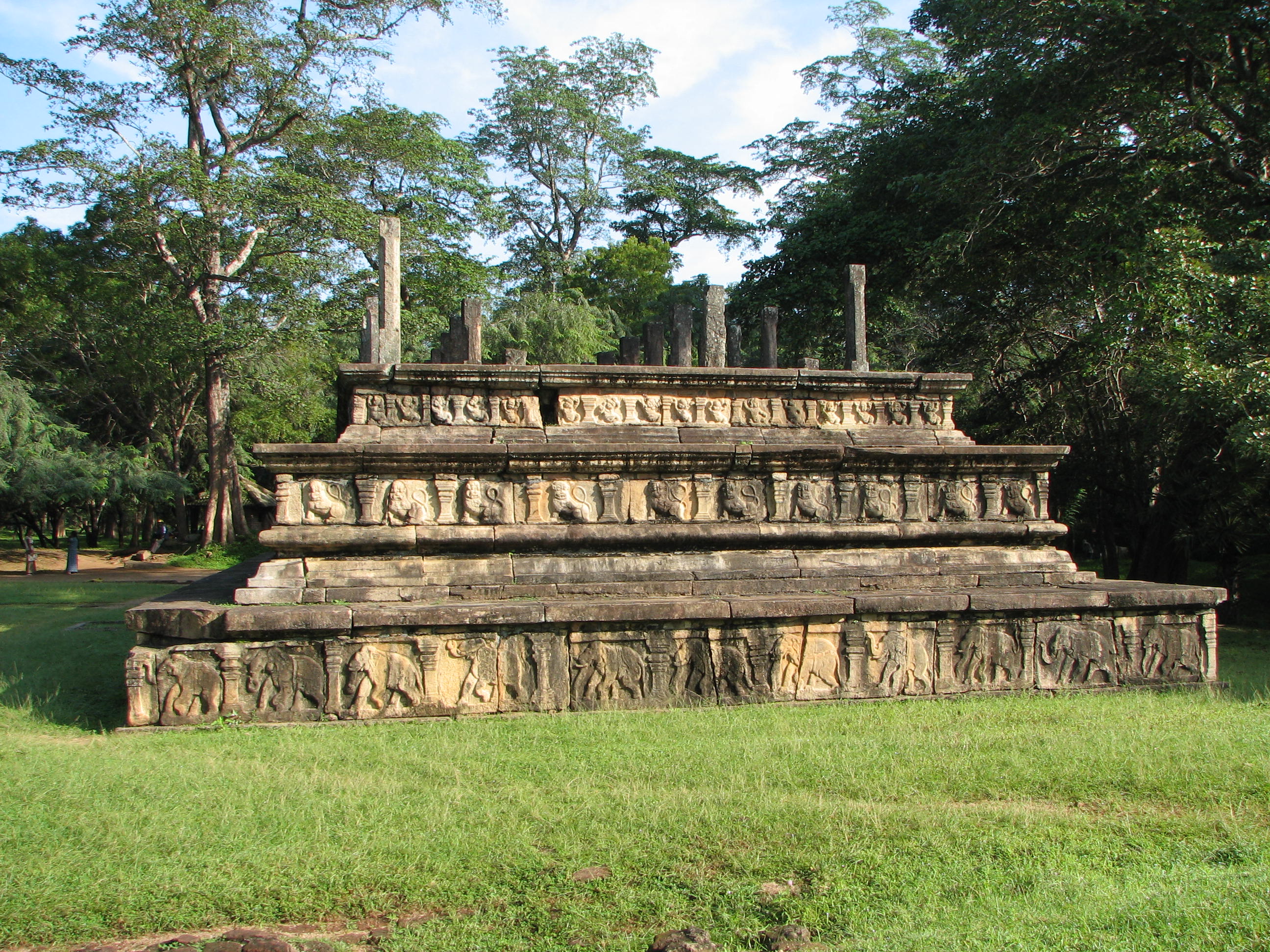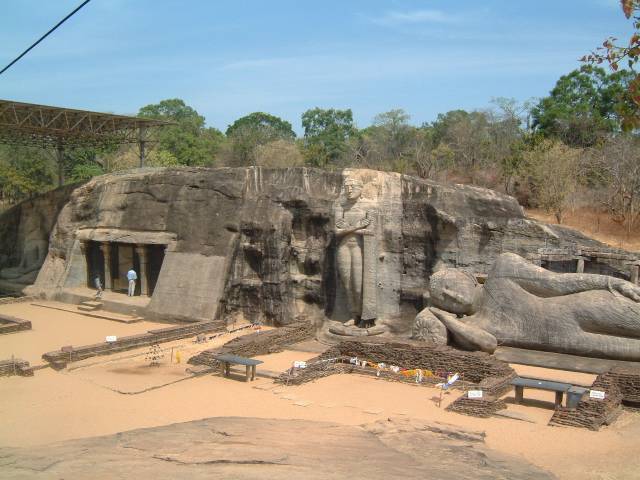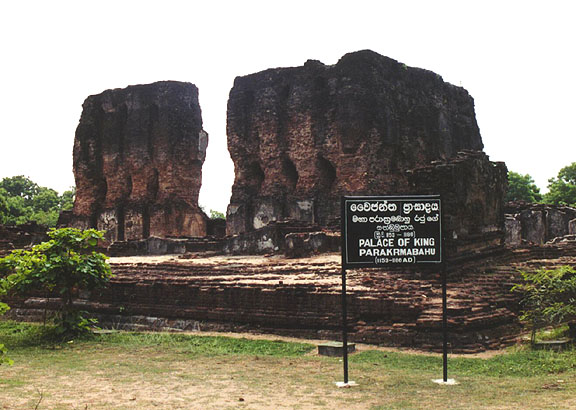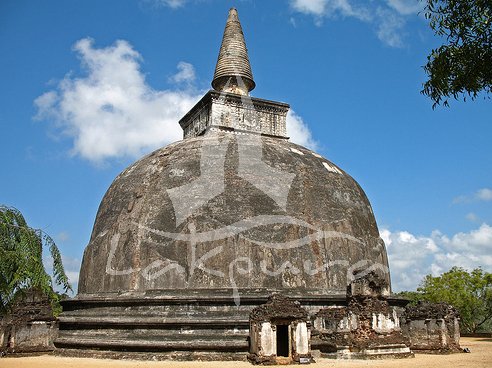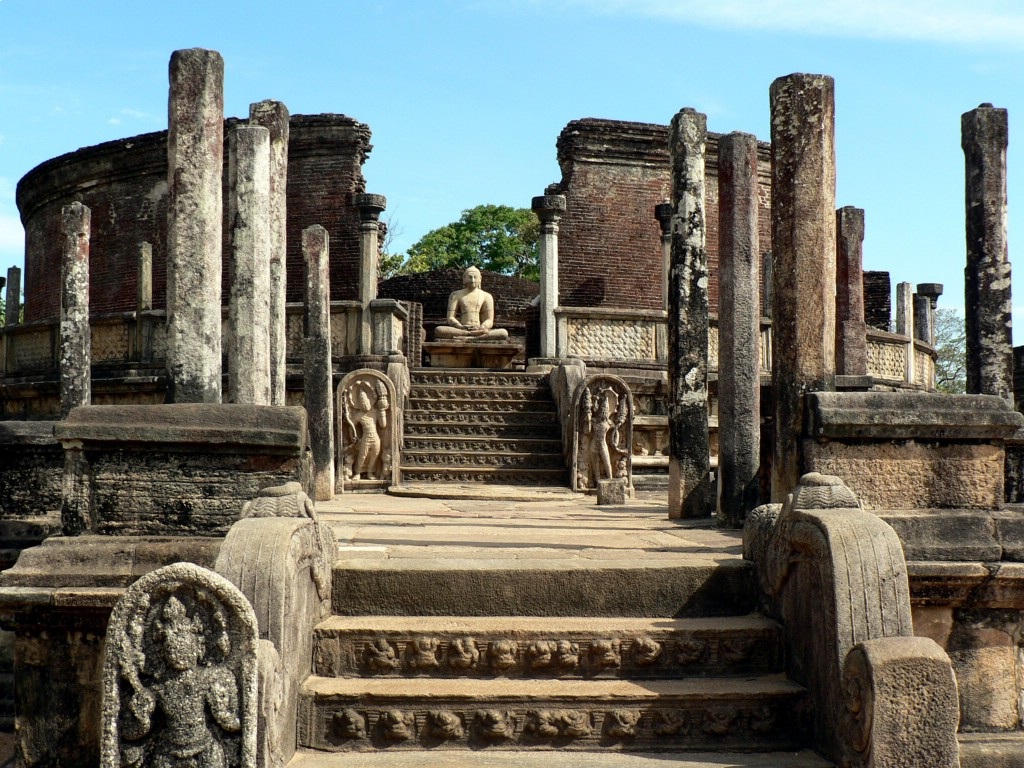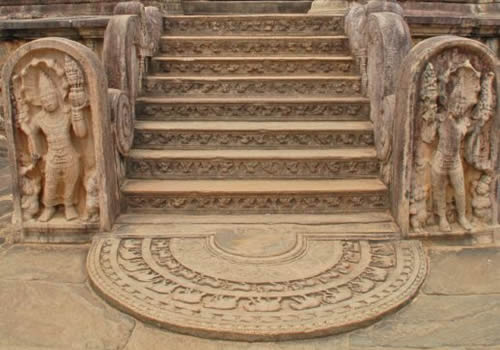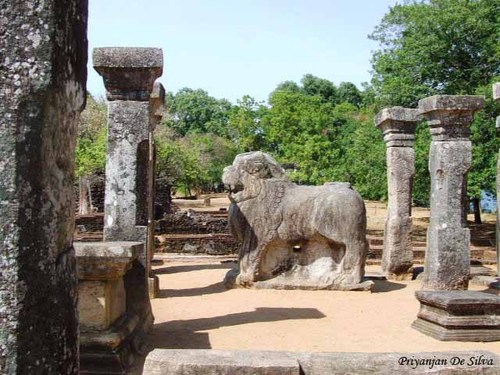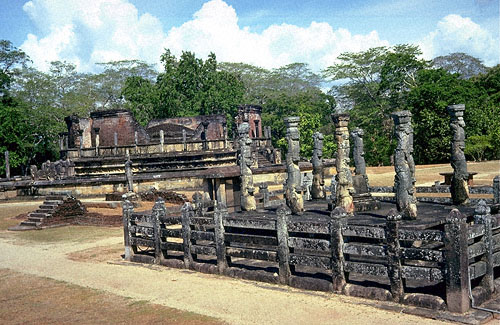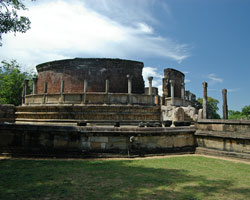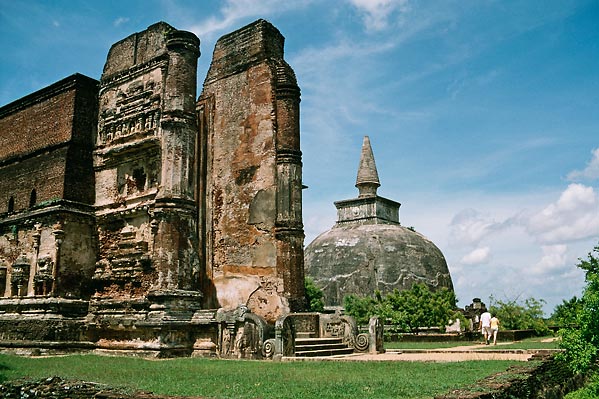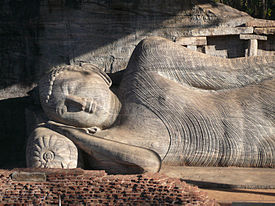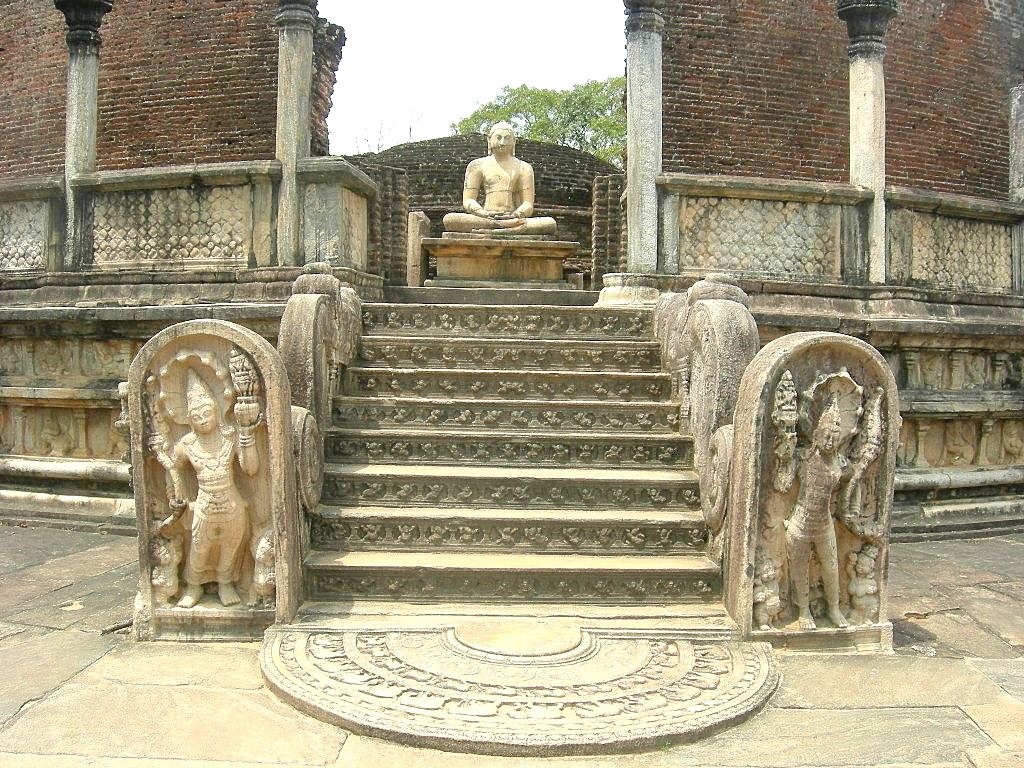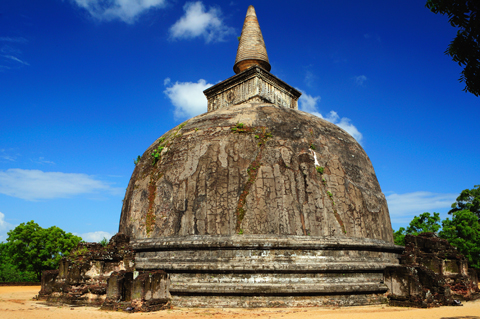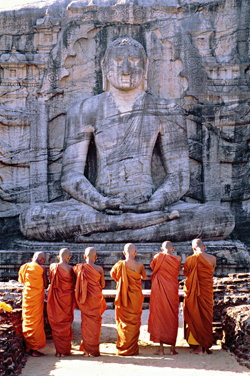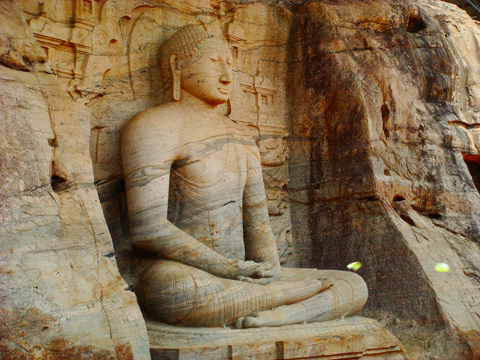Polonnaruwa
Medieval Capital
General Information
Other Name: -, District: Polonnaruwa, State: North Central, Sri Lanka
Area: 0
Languages Spoken: -
Long Distance Code: -
Importance: Capital of Sri Lanka from 11th - 13th Centuries
Best Time to Visit: March to November and -
International Access: 196 km from BIA
Description
Polonnaruwa Kingdom or the Ancient city of Polonnaruwa was the second capital of Sri Lanka for three centuries between the 11th to 13th century after the destruction of Anuradhapura Kingdom in 993. It is located in north central province of Sri Lanka. Due to its archeological prominence and the ancient technological superiority UNESCO declared Polonnaruwa as a World Heritage in 1982 under the name of Ancient City of Polonnaruwa. Polonnaruwa was the first declared capital city by King Vijayabahu, who defeated Chola invaders in 1070 to reunite the nation once more under a local leader. During the time of the great King Parakramabahu who led the country between the times of 1153 – 1186 sustained such heroic scales in rice cultivation by constructing the massive irrigation network with reservoirs that look like natural in land seas. Sri Lanka became known as the Granary of the Orient. Polonnaruwa consists of ruins of the glorious kingdom of the Great King Parakramabahu. The richness and the glamor of this kingdom are still evident. Today the ancient city of Polonnaruwa remains one of the best planned archaeological relic sites in the country, standing testimony to the discipline and greatness of the Kingdom’s first rulers.Location
From Colombo 227 KM / From Kandy 141 KMClimate
34°C, Wind W at 13 km/h, 51% Humidity
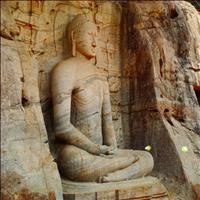 Polonnaruwa is another "World Heritage Site" was the Capital of Sri Lanka from 11th - 13th Centuries, contains some splendid and spectacular statues.
Polonnaruwa is another "World Heritage Site" was the Capital of Sri Lanka from 11th - 13th Centuries, contains some splendid and spectacular statues.
Lankatilake, Tivanka and Thuparama are the most beautiful and largest Image Houses and Tivanka has the best examples of frescoes of the Polonnaruwa period. Rankoth Vehera and Kirivehera are well preserved large stupas, and Gal Vihare - a rock shrine, has four Buddha statues, two seated, one standing and one reclining and Parakrama Bahu statue are examples of Sinhalese stone carver. The Vata-da-ge is a unique creation of the Sri Lankan artists. The medieval capital, Polonnaruwa was fortified with inner & outer moats and inner & outer walls. The Parakrama Samudra is on the western side of the city. The Royal Palace, Audience Hall and other buildings in the inner city were enclosed by another tall wall.
Timings: 7am-5pm
Remarks: Capital of Sri Lanka from 11th - 13th Centuries
Sigiriya & Polonnaruwa. / AE-005 (2 Days / 1 Nights)
Dambulla-Habarana-Polonnaruwa
-
Detailed Itinerary
Day 1 : Dambulla-Habarana
Day 2 : Polonnaruwa
Dambulla-Habarana-Polonnaruwa
-
Detailed Itinerary
Day 1 : Dambulla-Habarana
Day 2 : Polonnaruwa
Polonnaruwa, Sri Lanka Tours

